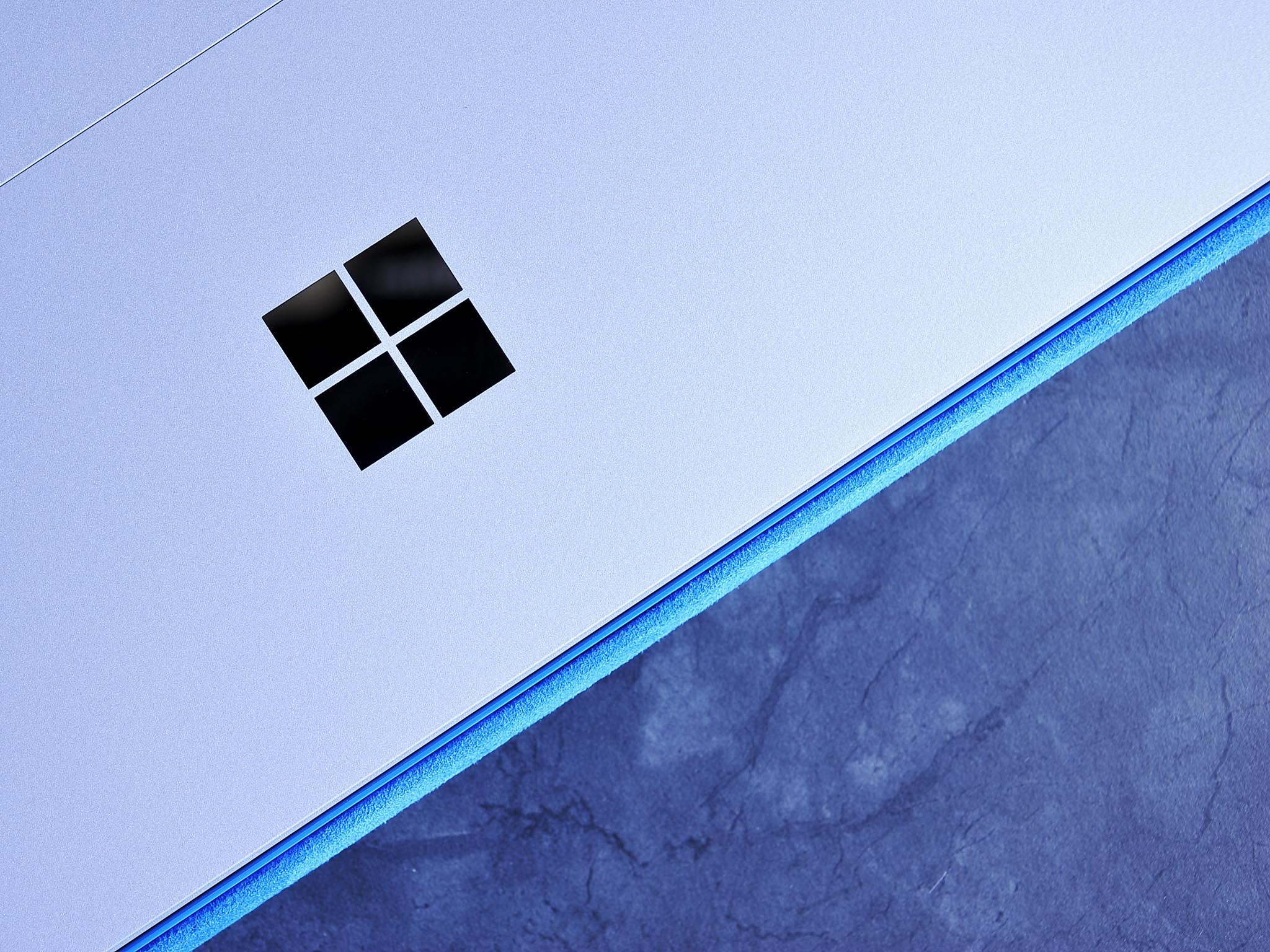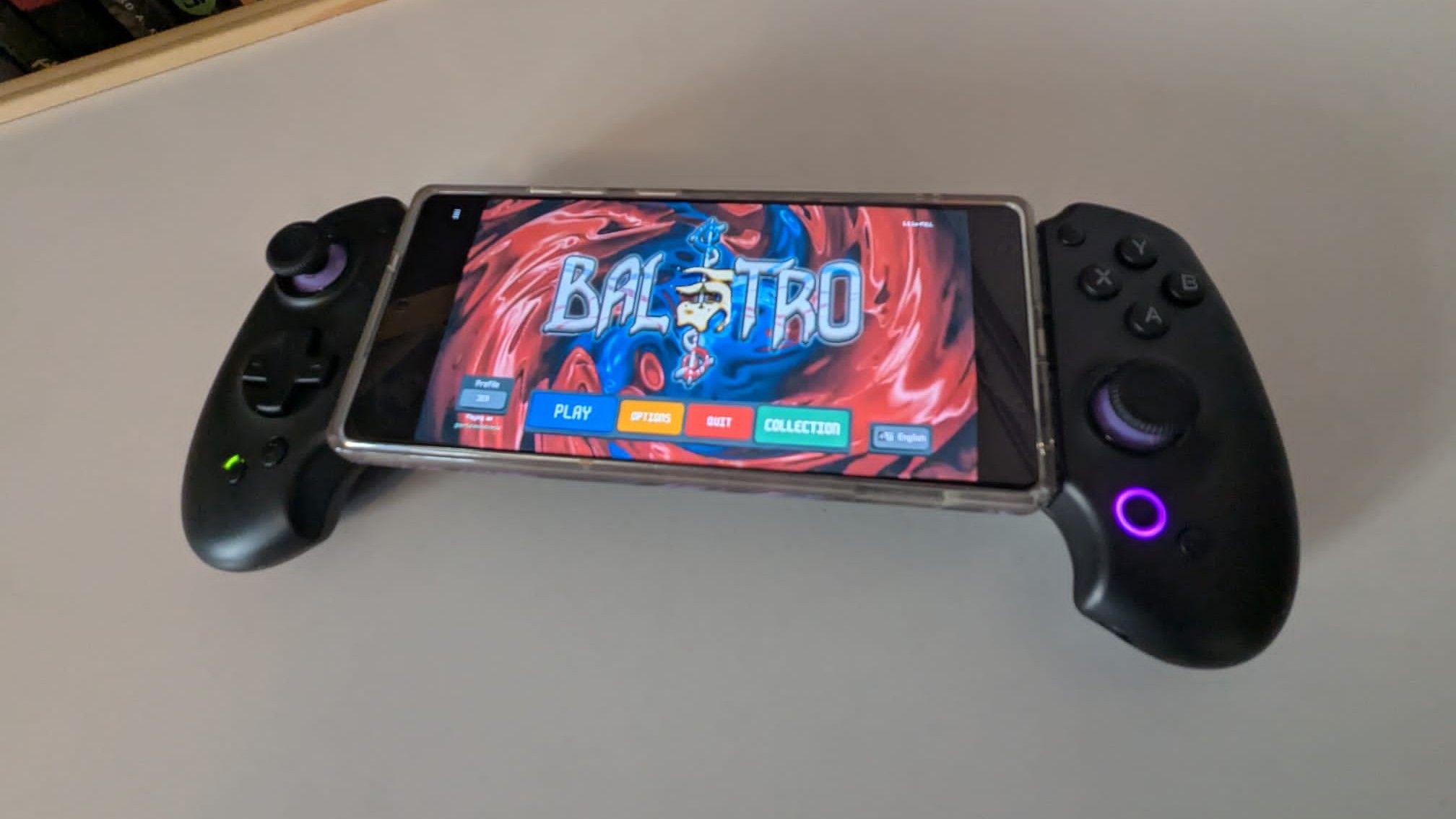Rumored specs of Surface Pro 4 detail a fanless, but still powerful system

The Surface 3 is barely out the door yet, and talk of the Surface Pro 4 is inevitably around the corner. To our knowledge, no one is expecting this device until later this year when Windows 10's big marketing push begins. After all, the Surface Pro 3 is doing well, and the Surface 3 compares favorably as an alternative to that device.
However, Chinese tech site 36kr has come across some possible specifications for the next gen Microsoft 2-in-1. Although I often pass on such reports, this one has caught my interest for a few reasons.
For one, I have spoken to the author of that article and the source on it is someone they trust and know. Due to the sensitivity of the information, we will say no more but there is more known behind the scenes here. The second reason I'll get to after the supposed specs, which are:
Surface Pro 4 Rumored Specifications
- Intel 5th gen Broadwell, not Core M
- FANLESS design but with tiny holes for heat radiation (not as visible as that in SP3)
- No noise anymore, because of the fanless logic board
- Obviously thinner comparing to SP3, but not lighter (for now, at least)
- 12-inch display, not sure if there will be other options
- The new system font in Windows 10 was far more beautiful in the high res
- Screen res is the same as that in Surface Pro 3
- The frame of the screen, the battery, ports and the kickstand are almost the same with SP3, on this prototype
So why do I like this? Details of this supposed device are believable. Far too often when rumored device specs hit the internet, they are full of odd technologies, not yet ready for primetime. Inevitably, when the real thing hits, some people are let down because they had built it up so high.
The current Surface Pro 3's design works. It is not perfect, but make some tweaks here and there, like those above, and you have a winner. The part referencing the ports, kickstand, and frame all being the same makes sense too. Microsoft said they would keep things stable, especially for all of those who bought the $200 Docking Station.
The fanless design part raises a bit of suspicion. Running Intel Core i processors without a fan seems technically challenging. Currently, only Intel Atom processors and particular Intel Core Ms (clocked appropriately) can pull this feat off. Nonetheless, the Surface engineering team did make an impressive fan for the current Surface Pro 3, so who knows what they have come up with.
[Update: In a personal conversation with AnandTech's Brett Howse, he notes that a fanless Core i system is likely impossible unless you have a lot of mass to dissipate the heat. This casts doubt on this theory for the CPU or fanless system. However, Microsoft may be using a smaller, lighter fan this time around.]
Get the Windows Central Newsletter
All the latest news, reviews, and guides for Windows and Xbox diehards.
The 12-inch display, same resolution, and the device being thinner – but not lighter – all seem like realistic choices too. Currently, the 12-inch Surface Pro 3 sports a gorgeous 2160x1440 display (216 ppi). I see no point in going higher with such a screen size, especially since higher resolution negatively affects battery performance (and they would not dare drop the resolution).

Anyway, Microsoft likely has multiple versions of this device in testing with various configurations. So while some core aspects may remain for the final version, the details can change right up until the last minute. Take, for instance, the OneNote button on the Surface Pro 3: that change by Microsoft's higher-ups delayed that device's launch by nearly three months. In the end though, it was worth it.
The takeaway is this: Microsoft will release the next Surface Pro when the hardware is right and ready. What is listed above seems very likely to be in the ballpark for expectations of a Surface Pro 4, but will await further details in the coming months.
Want to chat about what could be next in a Surface Pro 4? Jump into our dedicated Surface Pro 4 forums to get started!
Source: 36KR.com

Daniel Rubino is the Editor-in-chief of Windows Central. He is also the head reviewer, podcast co-host, and analyst. He has been covering Microsoft since 2007 when this site was called WMExperts (and later Windows Phone Central). His interests include Windows, laptops, next-gen computing, and wearable tech. He has reviewed laptops for over 10 years and is particularly fond of 2-in-1 convertibles, Arm64 processors, new form factors, and thin-and-light PCs. Before all this tech stuff, he worked on a Ph.D. in linguistics, performed polysomnographs in NYC, and was a motion-picture operator for 17 years.
